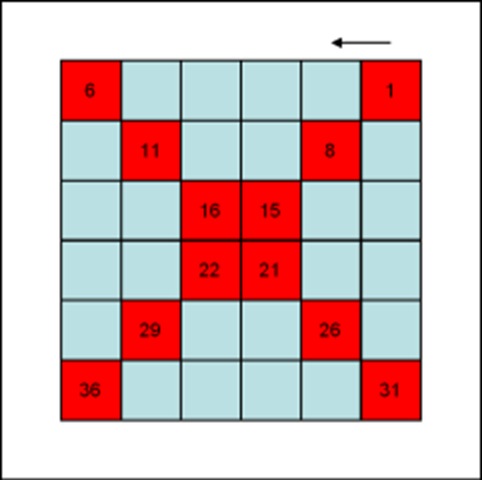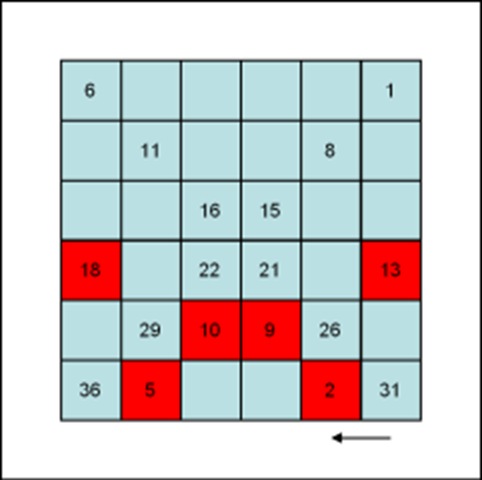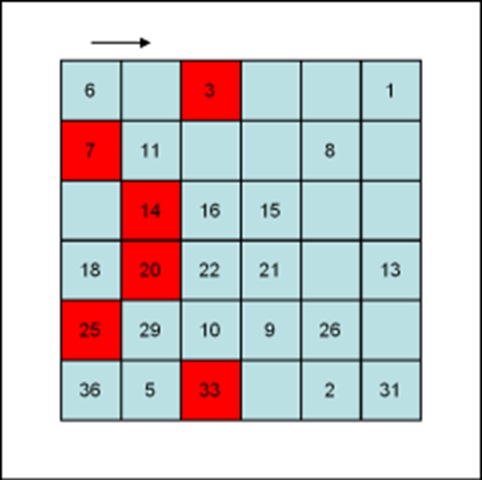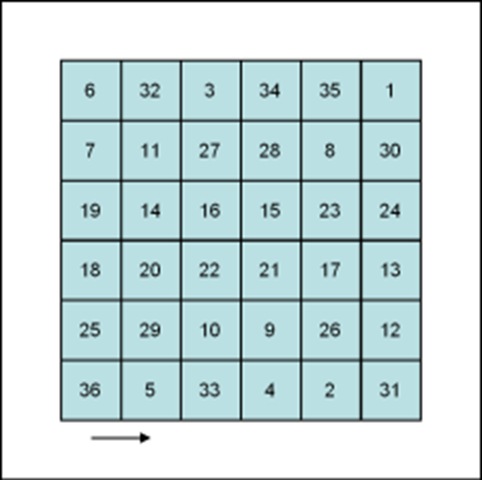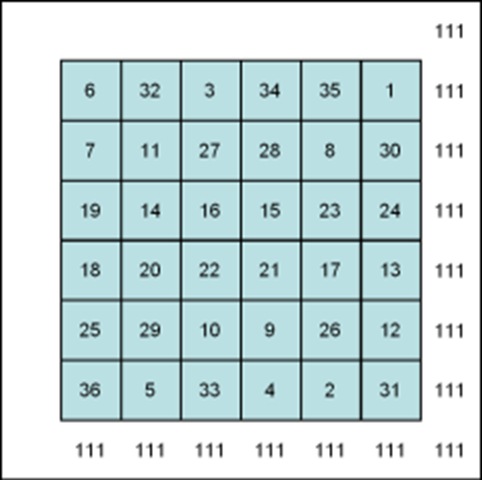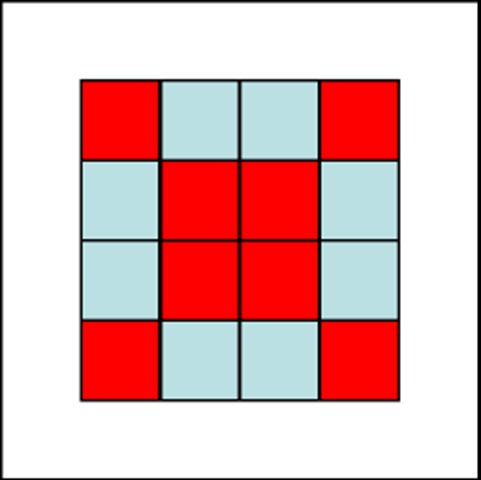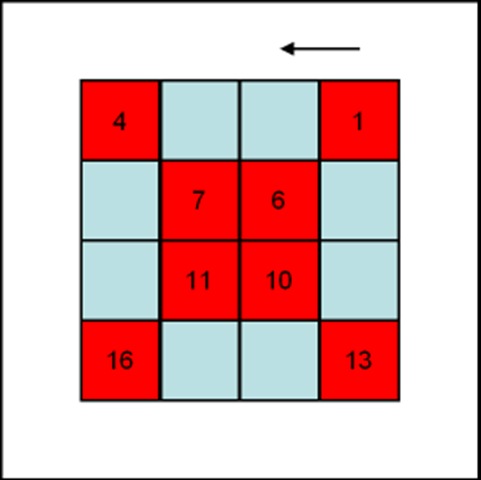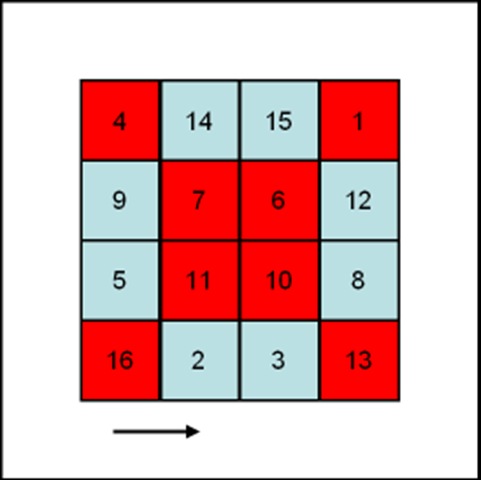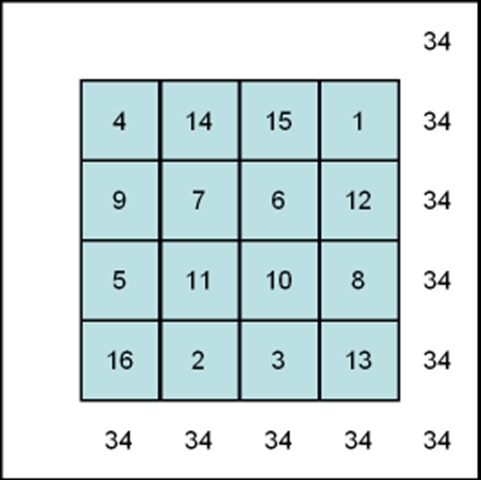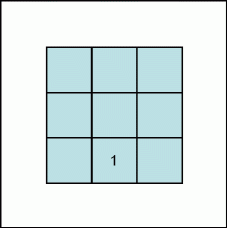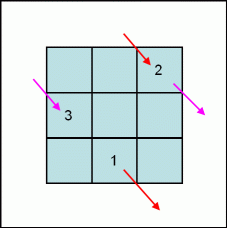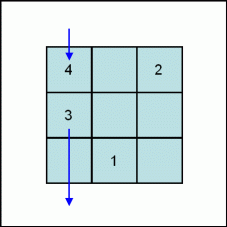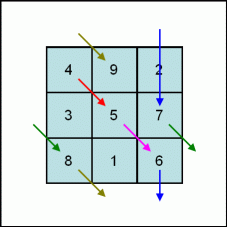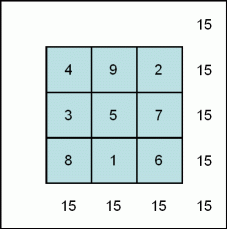The twenty two trumps of the tarot have been associated to the twenty two letters of the hebrew alphabet. But let’s look at a more straight forward association.
Looking at the iconography of the trumps, it is easy to spot that some are related to planets and other to zodiac signs. But a quick check based on the knowledge of the time when the tarot was drawn gives only 7 planets + 12 signs = 19 trumps. If we follow this idea, we are short of explanation for 3 cards.
But if we remember that at that time the celestial objects were thought to be carried by 9 spheres, we get closer to our target. 9 spheres + 12 signs = 21 cards.
How do we account for the 22nd card? Well, this model is not called geocentric for nothing, so let’s assign it to the center of the universe: the Earth. Now we have our tally: 9 spheres + 12 signs + Earth = 22 trumps.


